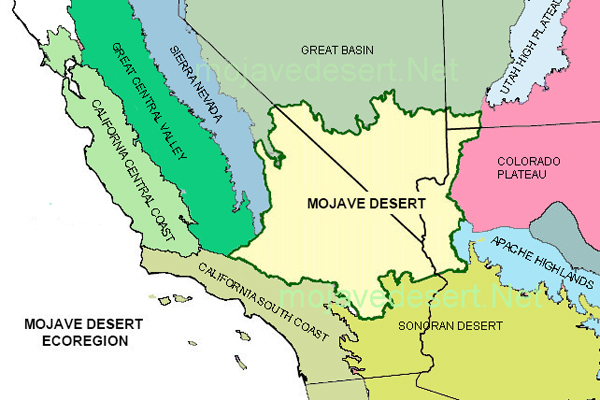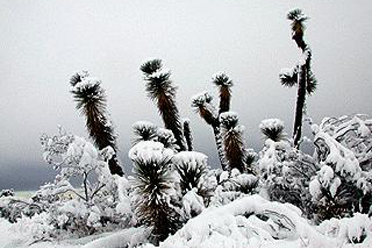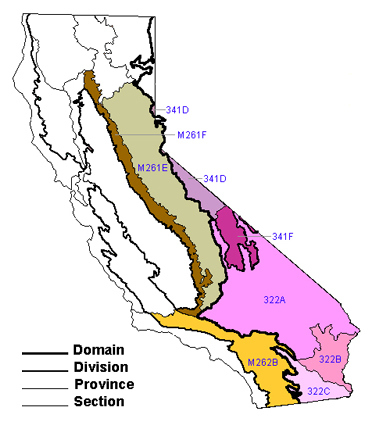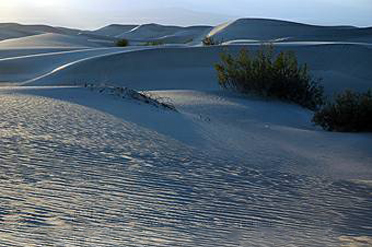Ecosections in California

Desert Landscapes: Subtle Differences and Intriguing Similarities
Introduction:
Our Mojave Desert is known for its vast and formidable desert landscapes, often seen as barren and lifeless. However, upon closer examination, one can discover a mesmerizing tapestry of similarities and differences between the various parts of the desert. Their unique characteristics set these seemingly identical regions apart.Climate and Temperature:
There is a unique climate pattern and temperature range. Summers in the Mojave Desert are hot, and winters are cold, with occasional snowfalls. These climate variations shape ecosystems and life forms in the Mojave Desert ecology.Geographical Features:
Despite their arid nature, deserts display remarkable geographical diversity. Stunning dunes stretch far into the distance, creating an eerie landscape. In contrast, the vast expanses of rocky terrain interspersed with creosote-covered plains characterize the desert landscape. The diversity of geographical features across the Mojave Desert makes each ecosystem an extraordinary spectacle of nature's ingenuity.Flora and Fauna:
Although it may seem impossible, deserts are home to various plants and animals, all of which have adapted to their respective desert habitats. The cacti of the Mojave Desert can store water and withstand intense heat, standing in contrast to the California palm trees that thrive in oases near springs and where underground water is readily available, providing sustenance and shade for both humans and animals. These distinct adaptations highlight life's adaptability in the face of adversity.Cultural Significance:
Deserts have played a significant role in shaping cultures and civilizations. For example, Native American societies have had vital trade and communication routes for centuries. The Mojave Desert holds historical significance for Native American tribes, with ancient petroglyphs and rock formations testifying to their rich cultural heritage. Desert landscapes' unique cultural practices and traditions further emphasize their distinctiveness.Conclusion:
While deserts may initially appear monotonous and indistinguishable, a closer examination reveals a captivating world of similarities and differences. From the varying climates and geographical features to the diverse flora and fauna, each desert possesses its allure and charm. Exploring these distinct characteristics deepens our understanding of these arid regions and highlights life's resilience in adversity. So, let us embrace the deserts' intricacies and marvel at their wonders.Ecological Section: An area or region of land designated for study purposes that has distinct geology, landforms, soils, flora, and fauna that set it apart from surrounding geographic areas.
Ecosections Map & List

Snow - Phelan, Ca.

Click for interactive map and list of sections

Death Valley
